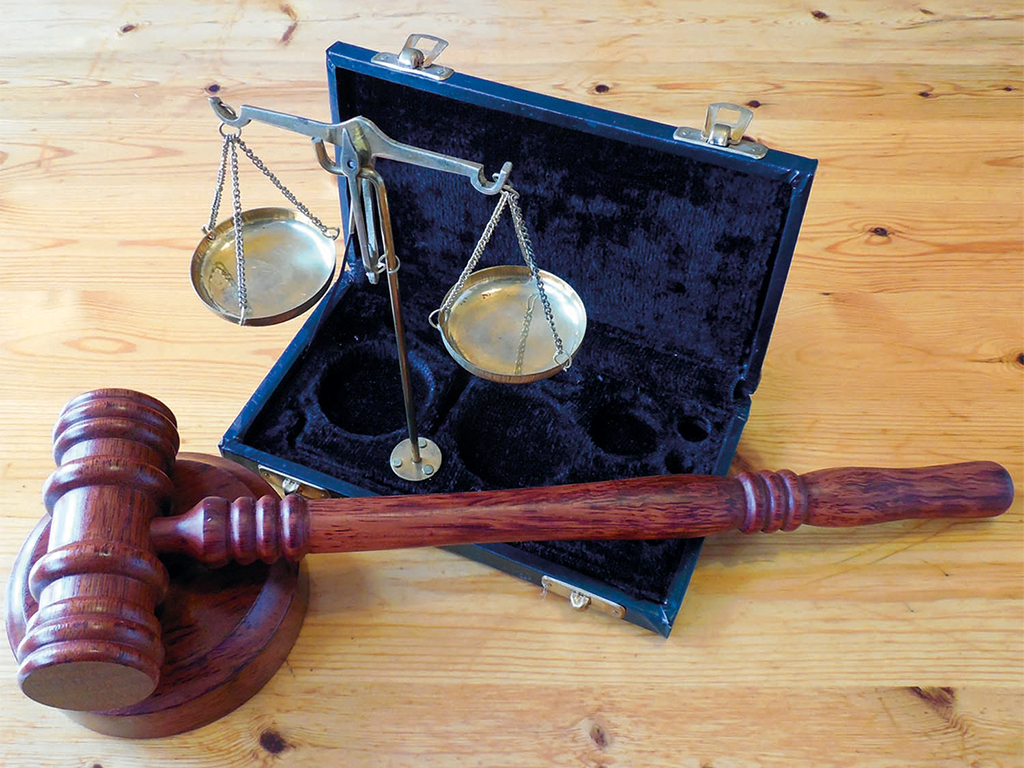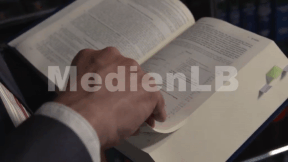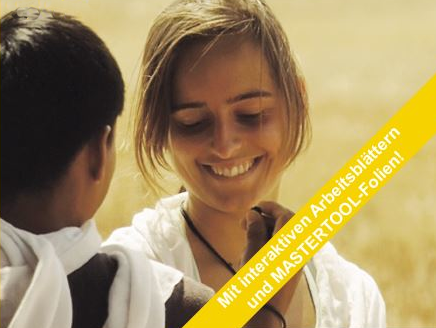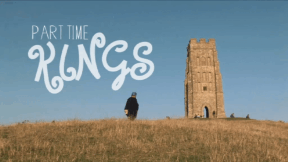 Geography
Geography
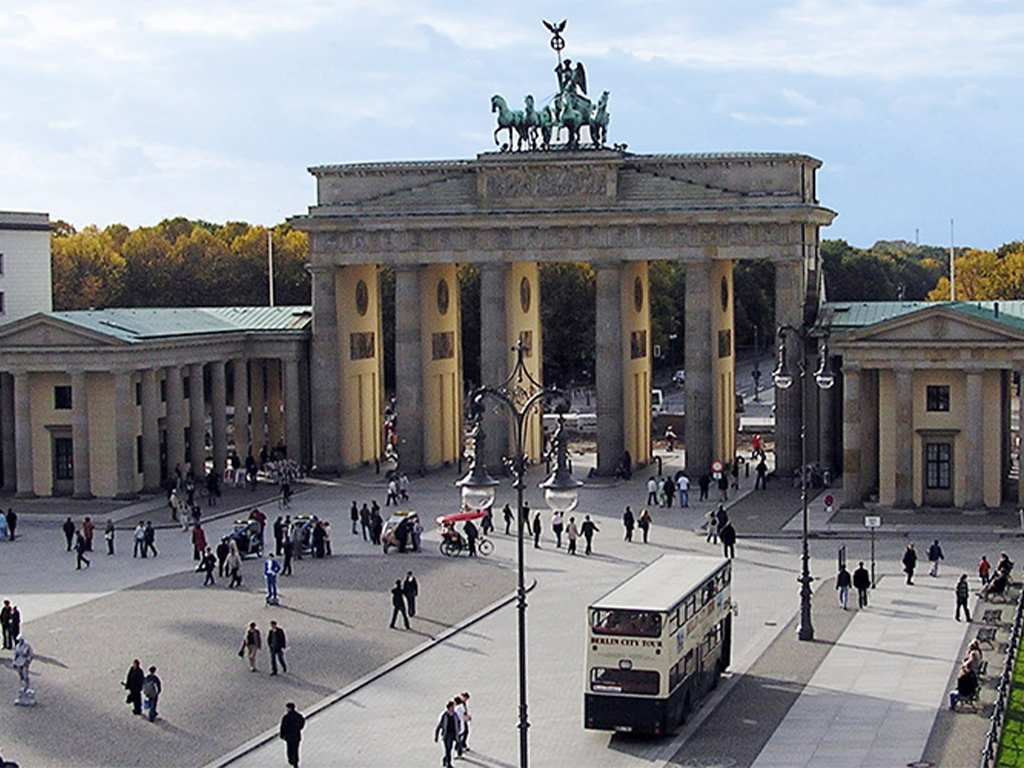
4656517 / 5551281
Capitals of Central Europe I
Berlin, Bern, Vaduz, Vienna
This DVD presents the German-speaking capitals of Central Europe, Berlin, Bern, Vaduz and Vienna. By way of introduction, the pupils learn about the natural and climatic boundaries of the Central European region and which countries it encompasses. Based on this, the film first focuses on the topographic situation of the respective capital of the countries of Germany, Switzerland, Austria and Liechtenstein, and the history of the cities’ foundation is briefly outlined. To illustrate their function as capitals, the government buildings in Berlin, Bern, Vaduz and Vienna are described but the DVD also goes into the respective infrastructural and economic particularities. Impressive pictures and the accompanying material give a lasting account of the growth of the metropolis of Vienna thanks to its favourable geographic situation at the Danube trade route and the Habsburg dynasty. The traces of Berlin’s division into West Berlin and East Berlin are documented, Bern is shown in its special role as federal capital of Switzerland and capital of the canton of Bern, and Vaduz is introduced as small capital of international repute as a financial centre.
Play trailer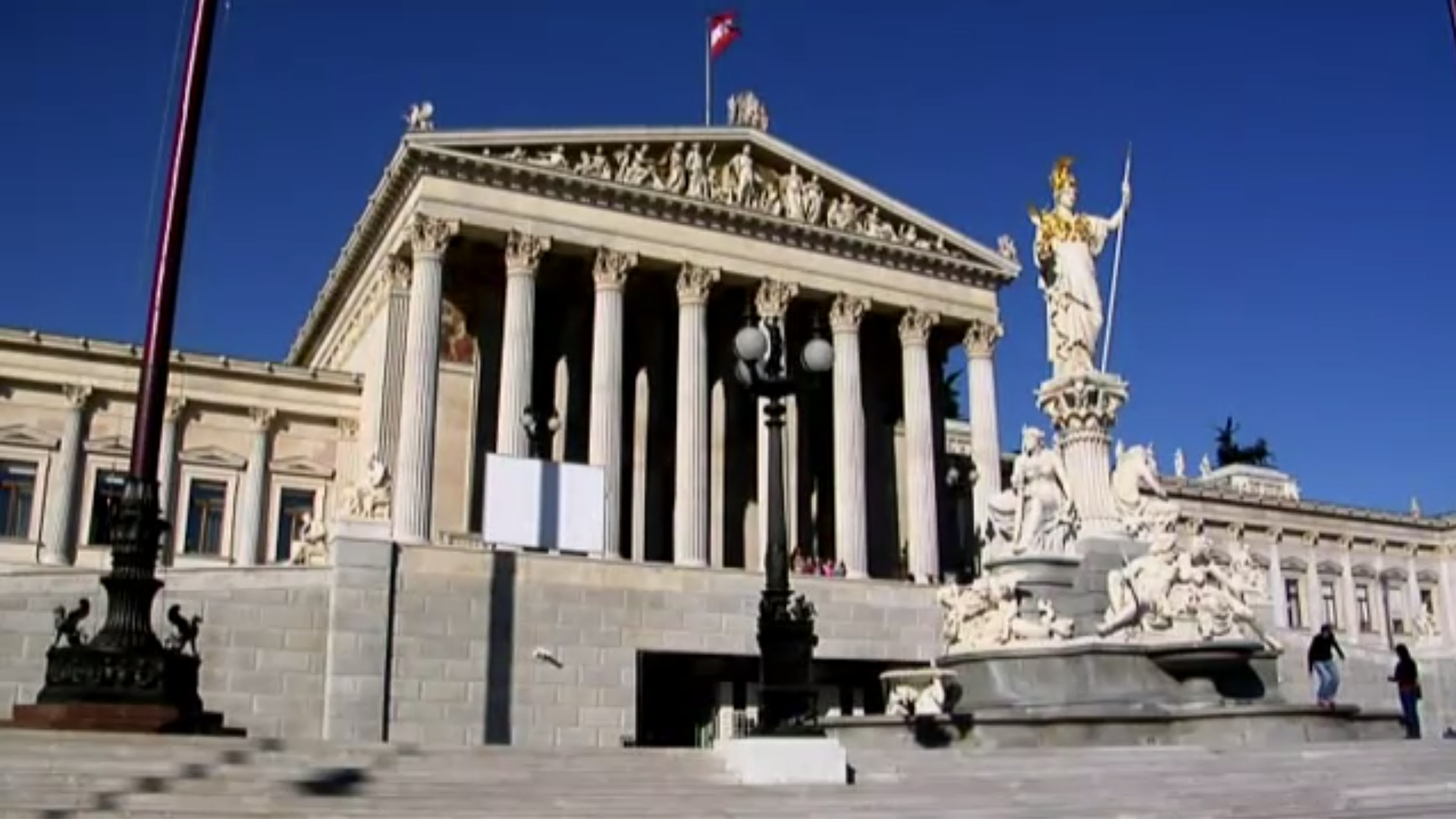
Curriculum-centred and oriented towards educational standards
Matching
Mobile Learning II
Oh, what’s that? Original soundtrack Thissen: “As our children grow up in a media world and naturally handle the media, they should also be a topic in school.“ An older child says the point is that they don’t just load down apps but create things themselves that haven’t existed so far. Hi, I’m Jana. A propeller hat. I’ll put it on. Now I’m no longer a simple rhino, but a flying rhino. Original soundtrack Thissen: “It’s exactly the great flexibility of tablets that promotes very personalised and adapted learning.” Original soundtrack Welzel: “It’s fascinating to see how the children grow with their products and how they always want to improve them.” The Westminster Abbey is a church in London for the royal family. Original soundtrack Welzel: “And?“ They think it is ok.
Rights and Obligations
Three girls of different ages: Anna is 17, Paula 15 and Lena 13. Before the law, their respective ages have consequences – because children and adolescents have different rights and also obligations.






